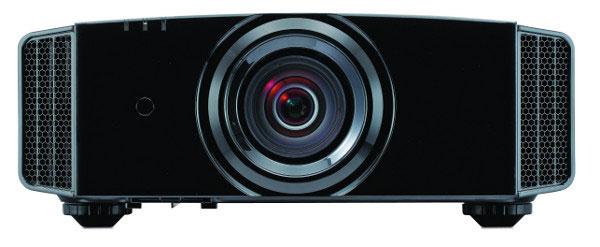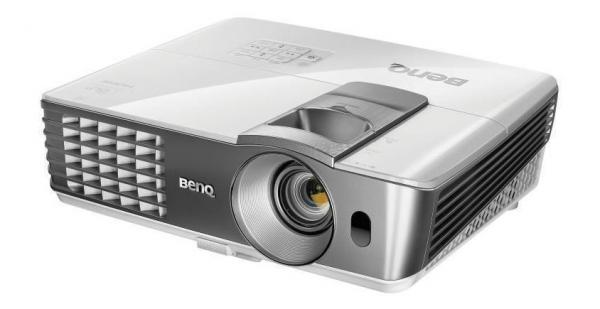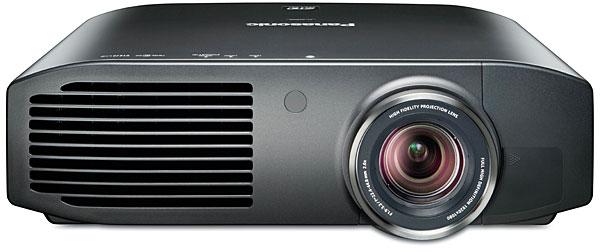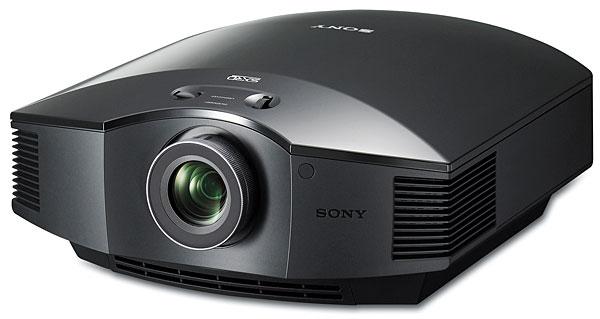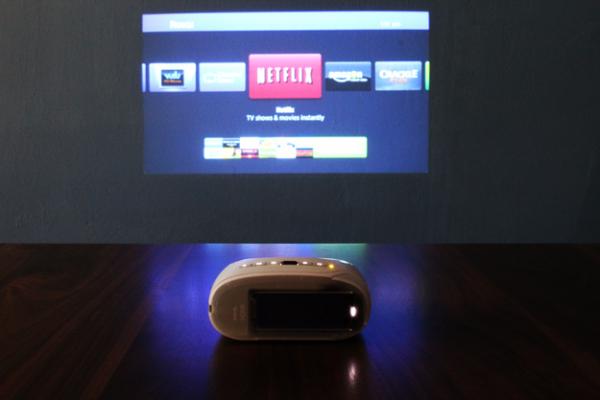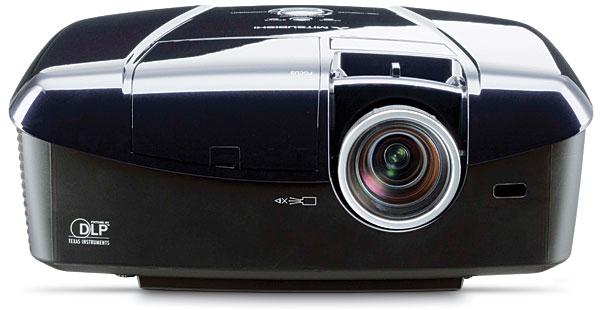Projector Reviews
Sort By: Post Date TitlePublish Date
|
Dec 06, 2013 |
|
Aug 22, 2013 |
|
Jun 28, 2013 |
|
May 08, 2013 |
|
Feb 28, 2013 |
|
Feb 14, 2013 |
|
Feb 06, 2013 |
|
Feb 04, 2013 |
|
Dec 30, 2012 |
|
Nov 05, 2012 |


